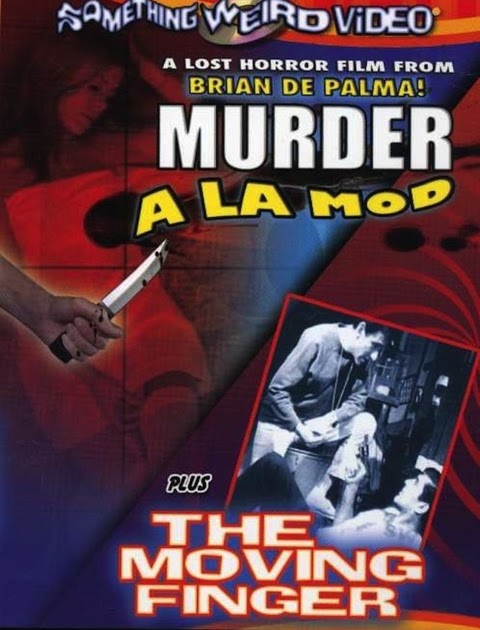The Moving Finger is a now totally forgotten 1963 crime thriller set in the Greenwich Village beatnik scene. It’s that beatnik scene that is the movie’s main focus. This movie is a real oddity, and a fascinating one.
There’s a bank robbery in Greenwich Village and it goes wrong. One of the robbers is shot but manages to escape with the money and takes refuge with a bunch of beatniks. They’re prepared to help him, on the grounds that they’d rather help him than help the cops. They also hope for a share of the money.
The beatniks live in the basement of a coffer shop run by Anatole (Lionel Stander). For Anatole the beatnik scene that he encourages is purely a money-making scheme. It attracts the tourists. The middle-aged Anatole and his young girlfriend seem to be doing very well out of those tourists. The girlfriend drives an E-Type Jag.
Mason (Barry Newman) seems to be a kind of unofficial leader of this band of beatniks. He’s the one who sees the possibility of getting hold of some of the loot from the bank job. He will not be the only one to whom such an idea will occur.
There’s a sleazy cop hunting the fugitive bank robber but he seems more concerned with getting into the pants of an underage beatnik girl.
The plot is thin to say the least. It is however a perfectly decent plot. Everyone in this movie is cheerfully dishonest and you almost feel sorry for the hapless bank robber who thinks he can trust them.
What makes this movie so fascinating is that it’s at least an attempt by writer-director Larry Moyer to offer a glimpse of the reality of the beatnik scene, rather than giving us the ludicrous and embarrassing phoney beatniks that populated other movies of this era. Anatole’s coffee shop feels reasonably authentic. I’m not saying it is authentic, but it has a more authentic feel than you’ll find in other movies.
This was 1963. Within a few short years the hippies would arrive and beatniks would become no more than an odd historical curiosity. The fact that we’re seeing a subculture on the verge of disappearing adds a certain piquancy. It makes the movie a real time capsule. By 1967 this film would have seemed hopelessly out-of-date.
The Moving Finger is interesting also for its touches of cynicism. The cops are crooked. The beatniks are being exploited for their money-making potential. The cute blonde beatnik girl Bridget is just slumming – her daddy has lots of money and she can go back to the world of money and privilege whenever she wants to. In fact one of the other beatniks is also a rich kid.
The beatniks take their lifestyle seriously but they’re happy to separate the wounded bank robber from his loot.
This is a very low-budget black-and-white movie that was clearly never going to get any kind of proper commercial release. The Production Code was on its last legs but in 1963 you weren’t going to get away with a movie openly showing drug-taking, and doing so without any kind of moral condemnation.
On the other hand there’s no nudity so maybe it wasn’t aimed at the grindhouse circuit either. There are plentiful hints that there’s lots of sexual activity going on and at one point five beatniks, four guys and a girl, have a shower together. There’s a general atmosphere of decadence.
The beatniks are dishonest but likeable enough.
The Moving Finger satirises the beatniks but its satire is also aimed at the squares and the cops and pretty much everybody.
There’s some location shooting offering enticing glimpses of New York in 1963.
This is not a great movie by any stretch of the imagination but it’s an engagingly oddball movie, it’s a fascinating look at a vanished subculture and it is fun. Highly recommended.
This movie was released on a Something Weird double-header DVD, paired with Brian de Palma’s Murder à la Mod (1968).




